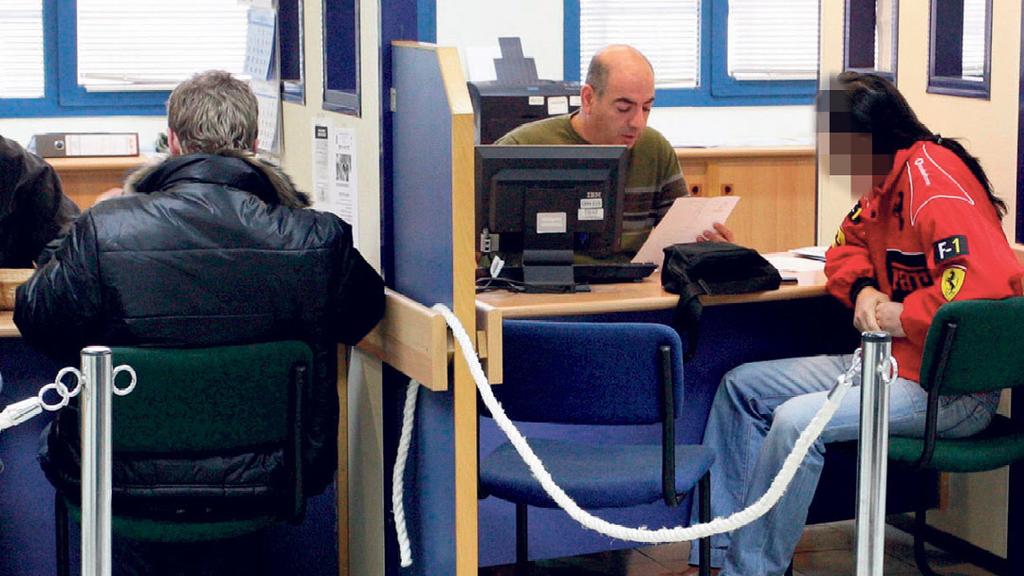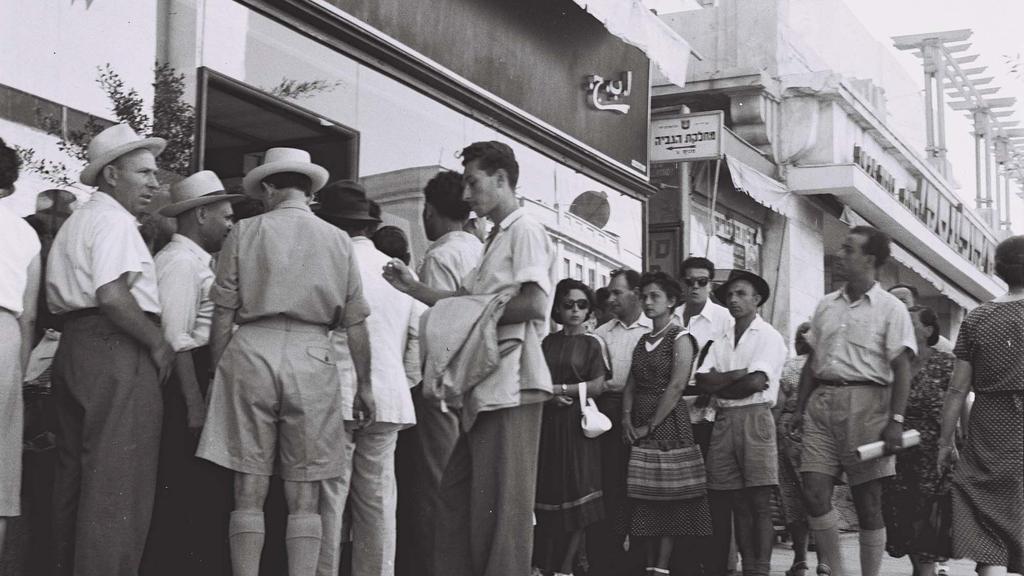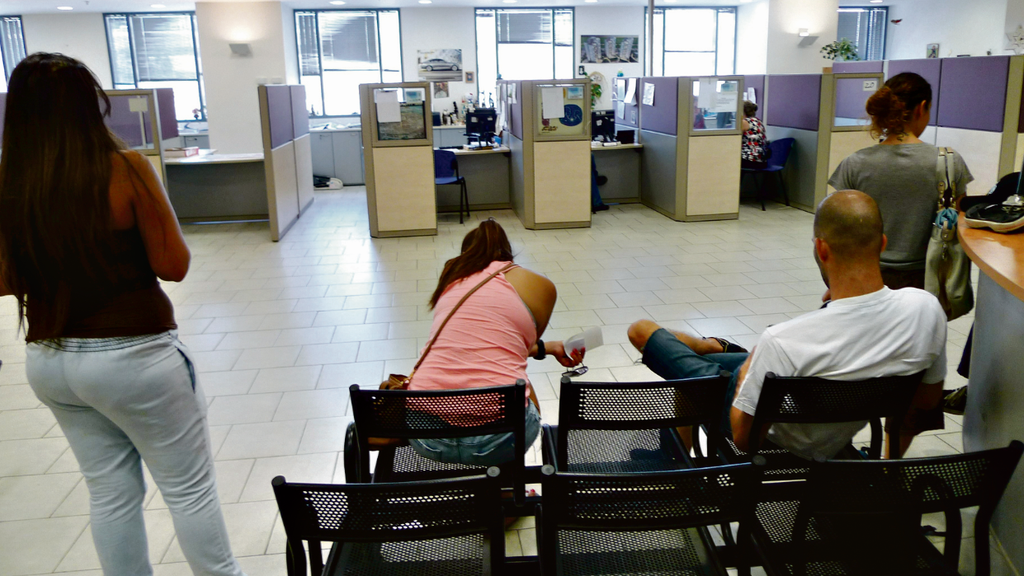Getting your Trinity Audio player ready...
Israel is faced with the biggest unemployment crisis in the country's history as a result of the coronavirus outbreak, said a report published Thursday by Ynet and Yedioth Ahronoth.
Despite the easing of the COVID-19 restrictions and the reopening of businesses, 25% of Israelis are still unemployed and have not gone back to work. This is the fourth time in the country's history when the unemployment number has climbed above 10%.
According to data, there are currently over one million unemployed people, compared to just 160,000 before the coronavirus outbreak.
Throughout Israel's history the unemployment numbers were so high only on four occasions.
Immediately following Israel's establishment, when the rate stood at 10%. During the 1950s, when mass austerity measures and national projects were implemented to give jobs to Israel's many new migrants, the number stood at 7.2%.
On the eve of the 1967 Six-Day War, when the country experienced a severe credit crunch, unemployment stood at 10.4%, with about 100,000 jobless.
According to David Brodt - former director general of the Finance Ministry and until recently the CEO of Bank Leumi - one of the worst unemployment crises in Israel's history was in the 1990s.
The crisis was a result of the mass immigration from the former Soviet Union, when the unemployment rate jumped to 11.2% in 1992.
Although in the following years the unemployment rate continued to steadily decline, the Second Intifada in the early 2000s, the joblessness numbers climbed back up. In 2000, the unemployment rate stood at 8%, in 2001 it rose to 9.3%, in 2002 in passed the 10% threshold and in 2003 it reached its peak with 10.7%.
Israel managed the economy quite well during the 2008 Financial Crisis, when the unemployment rate stood at 7.6%.
Over the past decade the unemployment numbers continued to rapidly decline until start of the coronavirus epidemic in March of 2020.
The lowest unemployment rate ever recorded in Israel was during the 1973 Yom Kippur War, when the number stood at 2.6%. The reason for the low figures was that many workers were not fired or put on unpaid leave, but rather enlisted to the army with the salaries paid through the defense establishment, which then employed a sizeable chunk of Israel's job market.
The country's current unemployment rate is very high, even when compared to other nations. Many other countries, however, only release the numbers of employees who were officially laid off and not those put on unpaid leave, which is included in Israel's method of tracking unemployment.
Still, the numbers are grim in comparison. The percentage of unemployed in the U.S. currently stands at 14.7%, while in Canada it's only 13%. In Norway and France the figure stands at 10% and in the UK at 7.5%.
Excluding workers put on unpaid leave, Israel has around 300,000 unemployed, which would translate into 7.5%. The greatest worry is that many of those put on unpaid leave are at risk of losing their jobs.
"It is very difficult to quantify the true number of unemployed, the world has never seen such a radical situation," said Dr. Gal Zohar, director of the Research and Policy Unit in the Employment Office. "We have gone from the lowest number of unemployed we ever had in the U.S. and Israel, to the worst in years."
Many experts warn that the recovery period will take a long time. According to Dr. Yaakov Shinen, an economic expert, it will be difficult to lower the number of unemployed in Israel in the short term. According to his estimate, by the end of 2020 and start of 2021, Israel's unemployment rate will still be hovering somewhere above 10%.
"The government must now create policies to facilitate the creation of more jobs," explained Dr. Shinen.
"The government must do all it can to bring in new investments into the economy. We must turn this problem into an opportunity."





